Quilt Coat Controversy
Quilt Coats were a hot topic at QuiltCon 2022. We met with the community to get their hot take.
Mary Fons is one person in the quilting community not afraid to speak out on the trending topic: “Should you make clothing from vintage or antique quilts? “In her opinion, “Quilt Clothes Must Die!”. That phrase is the title of her YouTube video, which is stirring some controversy in the quilt maker and fashion world.
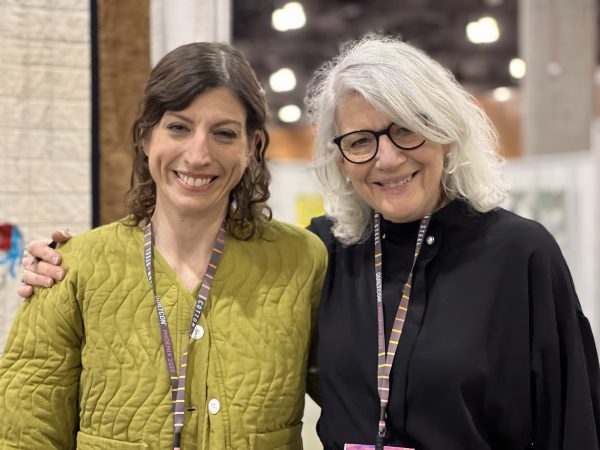
Fons grew up among quilts—quite literally—as the daughter of Marianne Fons of Fons and Porter’s Love of Quilting Magazine and popular television program. The magazine was first published in 1999, and the show has been on TV since 2003. Mary has been around quilts, a lot of quilts. She loves the history and heritage of quilts. She is a writer, editor, and livestreamer—her live ‘Quilt Nerd’ show airs three times a week on Twitch.
“I spend a lot of time with quilts. Quilts are our history and hold our memories. Quilts are historical documents to tell the world who we are,” she said. To cut up a vintage or antique quilt to make clothing is wrong. “I understand that I am going to piss some people off,” she states in her video.
The trend of making clothing from patchwork quilts has come and gone throughout the years. Fashion designers like Adolfo and Ralph Lauren made designer clothing from quilts in the 1970s and 80s. They were expensive, unique, and limited in supply. “Maybe only 300 or 400 quilts were used to make these designer quilt clothes,” said Fons.
Jump ahead 30-plus years, and today’s trend of making coats, dusters, vests, pants, jumpsuits and even fanny packs from patchwork has lasted for over five years. The extended longevity of the trend is probably due to the popularity of quilt clothes shown on the internet and social media.
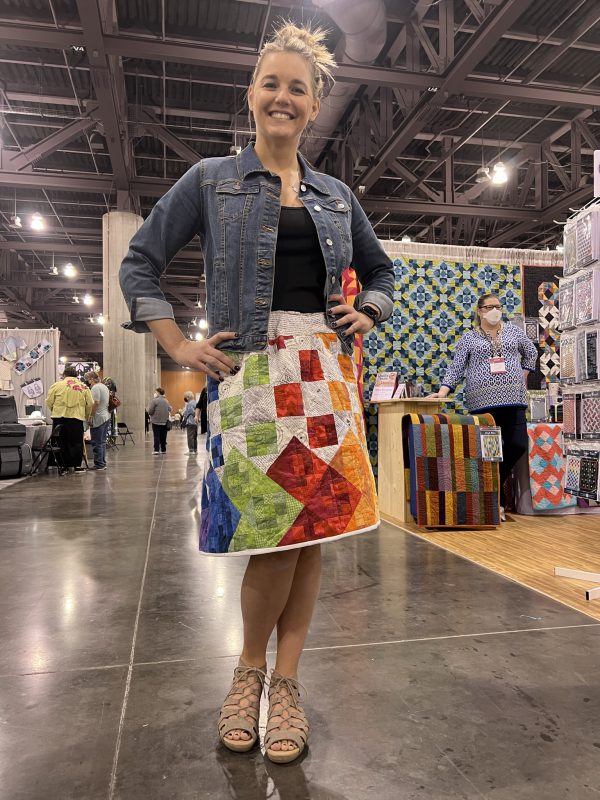
“Ads for the garments began flowing steadily into social media feeds in early 2020. The first year of the pandemic led to increased social media use for many, so millions of people saw the trend emerging for the masses,” wrote Fons in an article, “Quilt, Meet Coat,” for the Modern Quilt Guild’s magazine, QUILTCON.
People began selling large numbers of vintage and antique quilts online, on social media accounts, Etsy, etc. Quilt dealers hold “quit drops” events where hundreds of vintage quilts are gathered and sold to designers and other consumers. “We need to preserve our history and not cut it apart,” she said.
Not all agree with Fons. There are arguments that a vintage quilt sitting unused in a closet can have a “new life” if you make it into clothing. Another view is that a quilt is being honored by being “upcycled” into sustainable fashion. While Fons doesn’t buy into these agreements, many in the quilting and fashion world do and disagree with Fons.
What do you think about transforming a vintage or antique quilt into clothing?
“Making a quilt or quilt top to be used to make clothing is much different than cutting up a vintage or antique quilt,” said Fons. Lately, some fashion designers are hiring quilters to construct patchwork fabric to make quilted clothing lines, instead of cutting up vintage quilts.
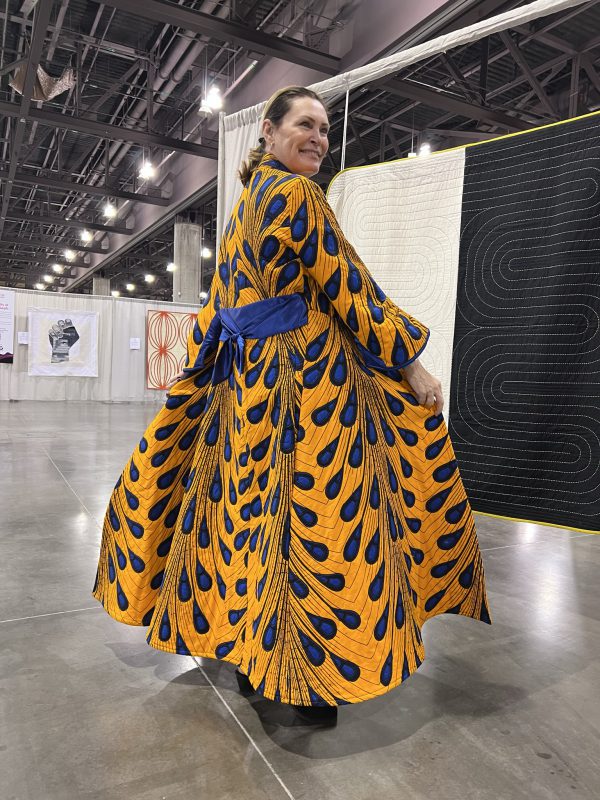
“Quilters generations ago wouldn’t have dreamed their quilts would be cut into garments, but thousands of them are being cut apart every day,” wrote Fons.
“We make quilts. We love to make quilts. We hope our quilts may be valued—and not made into fanny packs.”
Where do you stand on the trend? Let us know in the comments!
What you might also like
8 comments on “Quilt Coat Controversy”
-
-
If you want to honor antique and vintage quilts and the quilting tradition, make a reproduction quilt to cut up rather than destroying a quilt for a brief trend.
-
If you want to honor antique and vintage quilts and the quilting tradition, make a reproduction quilt to cut up rather than destroying a quilt.
-
Bring back the talents of Judy Murrah! Judy wrote the books “Jacket Jazz” and “Jacket Jazz Encore” back in the ’90s (there may be other books by this author; the publisher was That Patchwork Place), wherein she used patchwork techniques to create fun “quilted” jackets and vests. Her work was featured at Houston’s International Quilt Festival circa 1994. While the broad padded shoulders featured in her jackets may be less than au courant, and vests are not in vogue (or are they?!), Judy’s techniques still provide ideas for honoring antique and vintage quilts, not to mention the modern quilting movement, with no harm to purpose-made quilts.
Sewnhandmade.com, a modern quilt site, employs the idea that commenter pseitas (above) recommends: In one of her blogs, Sewnhandmade shows how she uses a quilt sandwich she’s created as fabric to create a darned cool coat
-
New quilts, created for fashion? Not a problem.
Vintage quilts? I think it depends. If the quilt is languishing in a closet or bag or drawer somewhere, and would sit there until it deteriorated, then yes, use it to make clothing and give it another life – remembering that that was the purpose of scrap quilts: to reuse fabric from garments and linens that had been too worn out in places to continue to be worn or used. It also depends on the definition of vintage; I have a double wedding ring quilt my ex-husband’s grandmother made for our wedding, and in nearly 40 years, it’s never been used, first because we were afraid the dog being on the bed would ruin the quilt, and later, because we got divorced – giving it a second life so the quilting doesn’t go to waste would be a benefit, overall. If, however, the quilt is a beloved family keepsake being sold because the money is too good not to take… not so much. -
I think it more fitting to make wall hangings with vintage quilts if they are not being cherished otherwise! That way they can be viewed and admired by many and can be more readily handed down to other generations! The history if known can easily be secured to the back of the hangings!
-
I don’t get it. If a quilt is no longer valued in its entirety or for its original purpose, but is valued in a repurposed piece, where is the problem? I have been sewing for over 65 years. I would be thrilled for something that I made so long age to be resurrected by someone who saw a new life for it. And, frankly, when I think of something I made long ago that is now faded, torn, stained and/or worn out being displayed, I feel sad. Nothing I ever made was meant to be a museum piece. It was intended for use, first and foremost.
-
This is sad. My mother and my husband’s grandmother spent hundreds of hours piecing and quilting BY HAND, perfecting their art to mastery. There were no machine quilts in my family. They quilted by necessity- for warmth, quilting when they had too many chores to count much less complete. Nevertheless color, beautiful patterns, and perfection of stitches lifted the necessary to artistry. Quilting was a source of great pride, community quilting circles and the opportunity to as was winning the Grand Prize at the county fair. The act of cutting into a vintage quilt seems very disrespectful.
Leave a Reply
You must be logged in to post a comment.
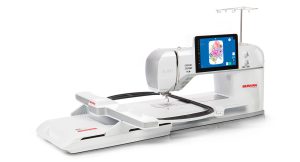


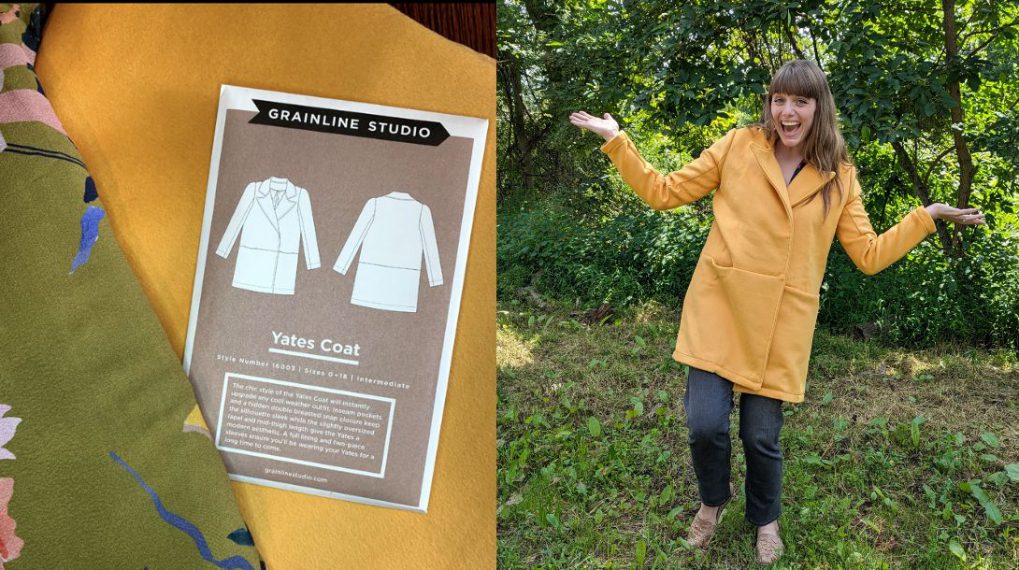
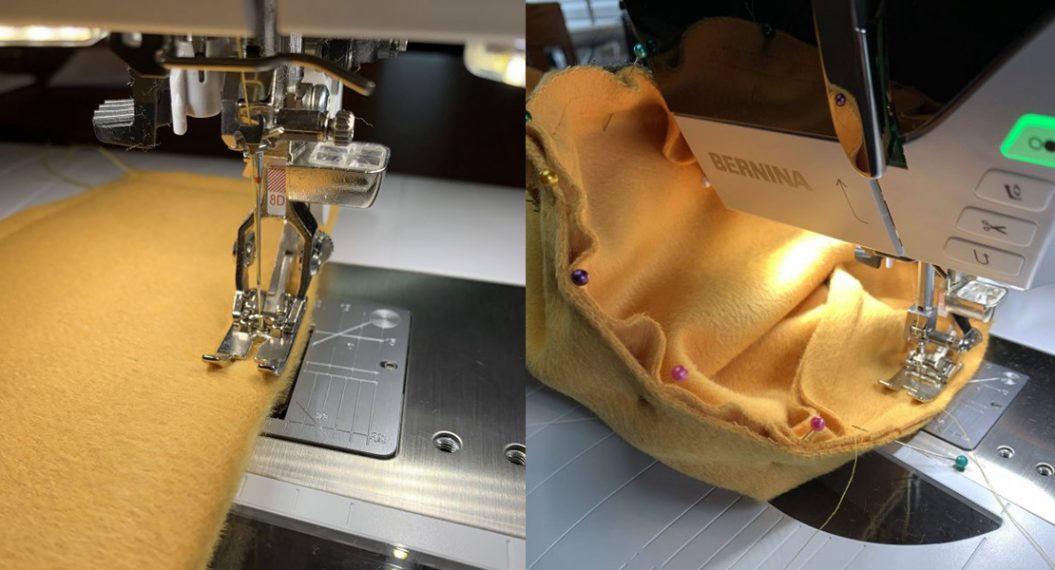

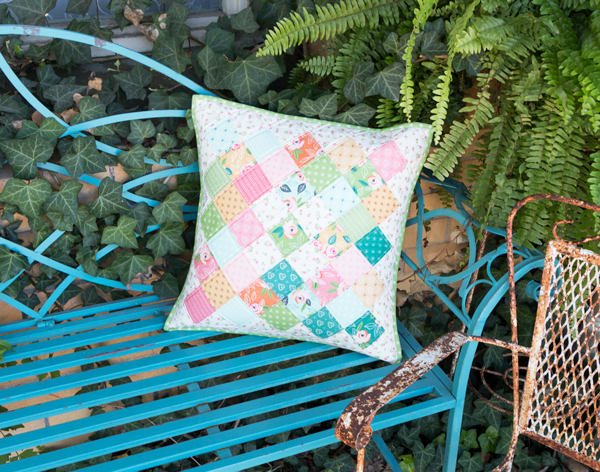
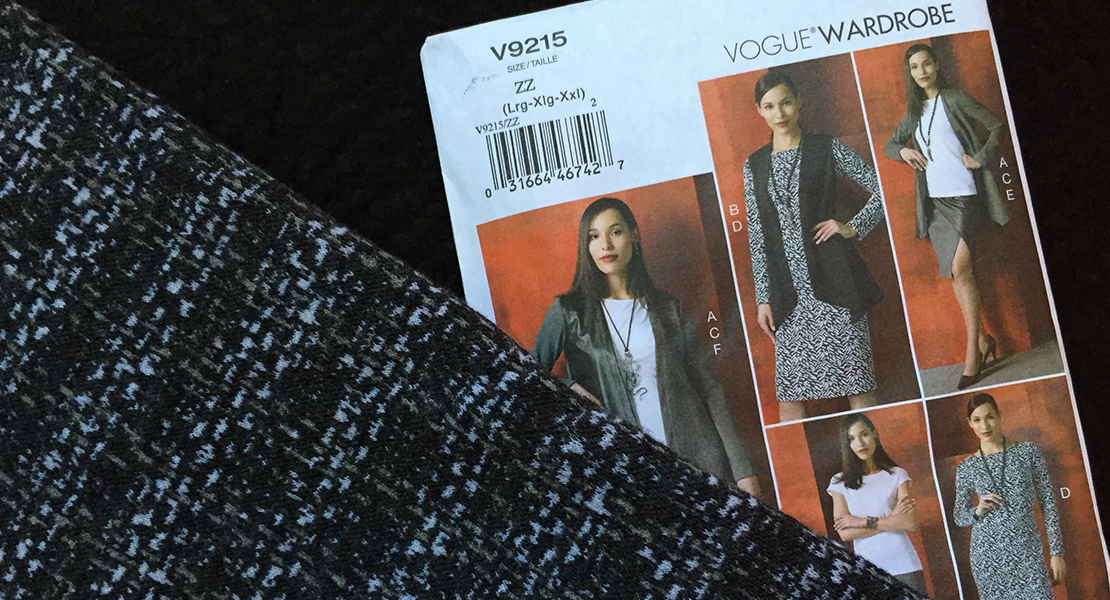
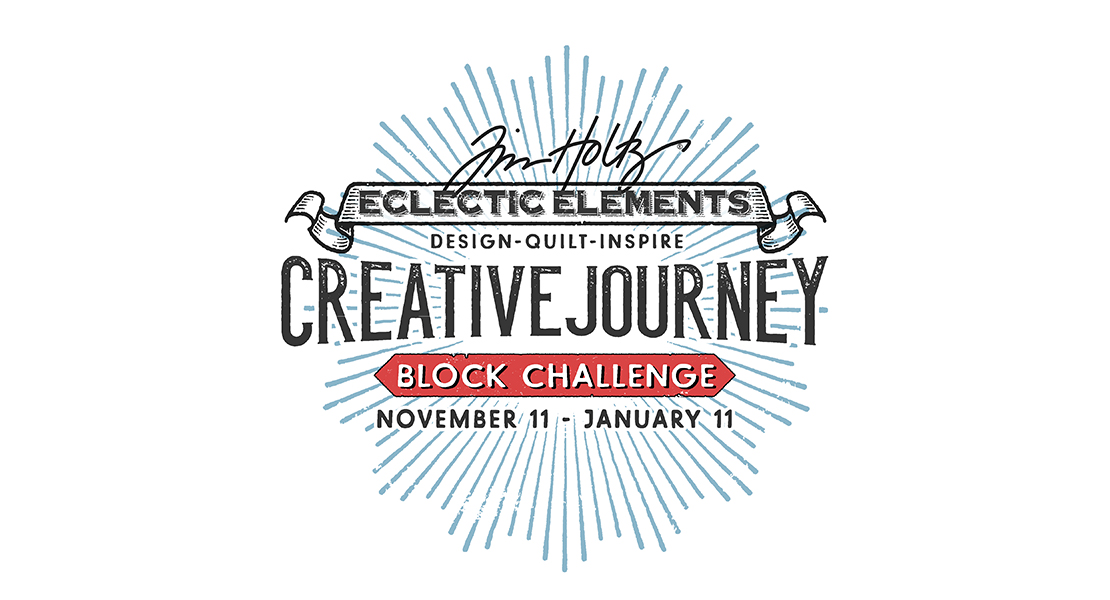
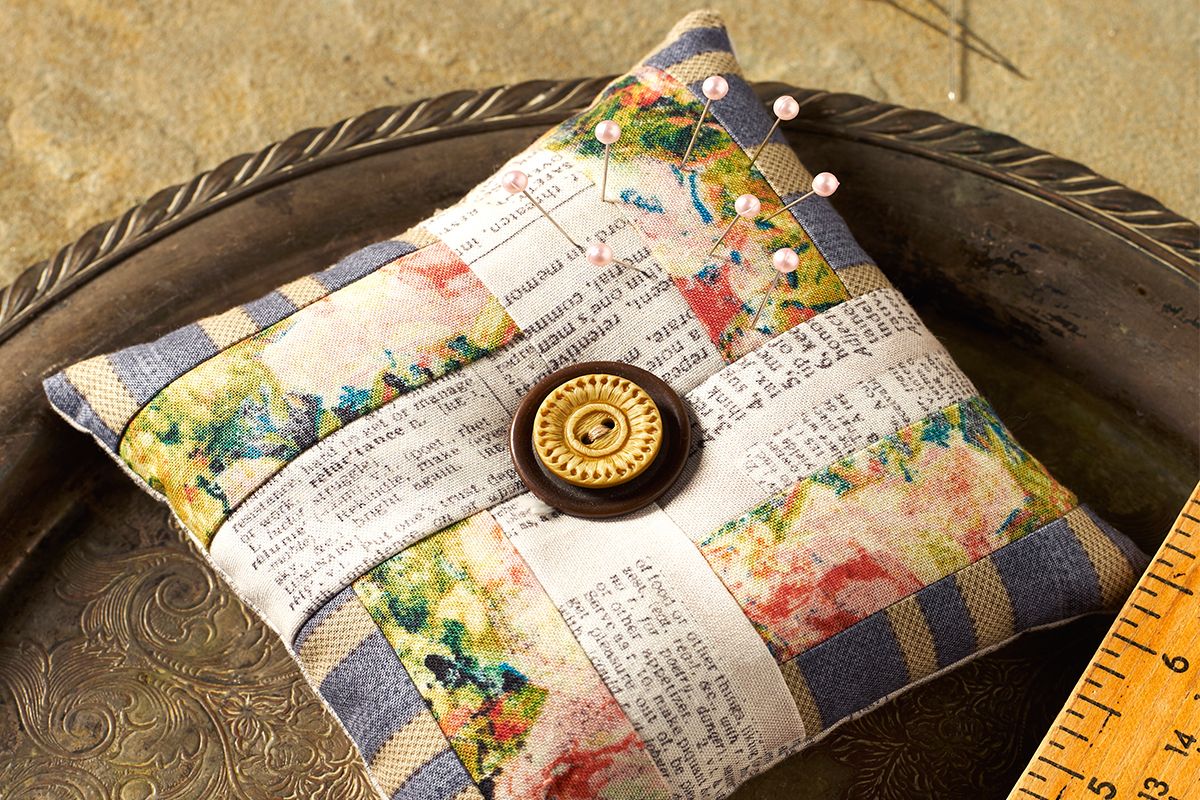
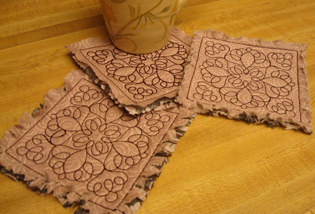
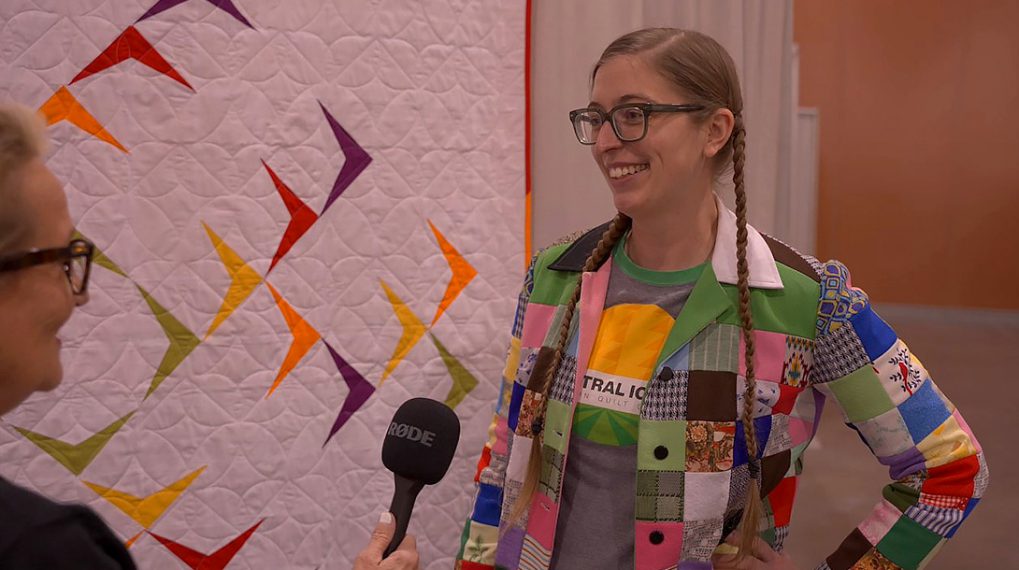
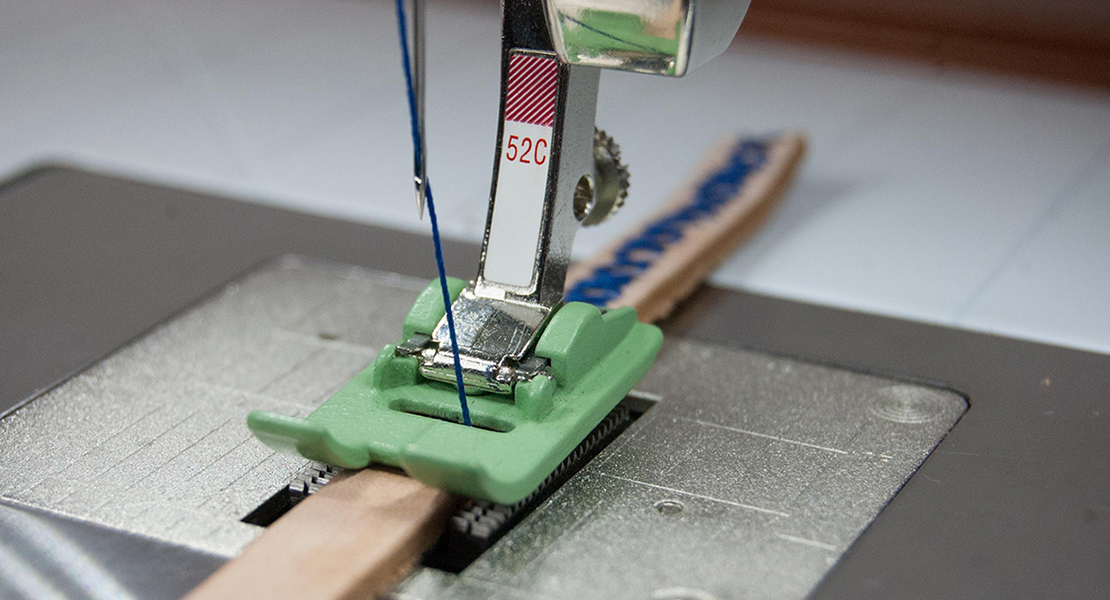
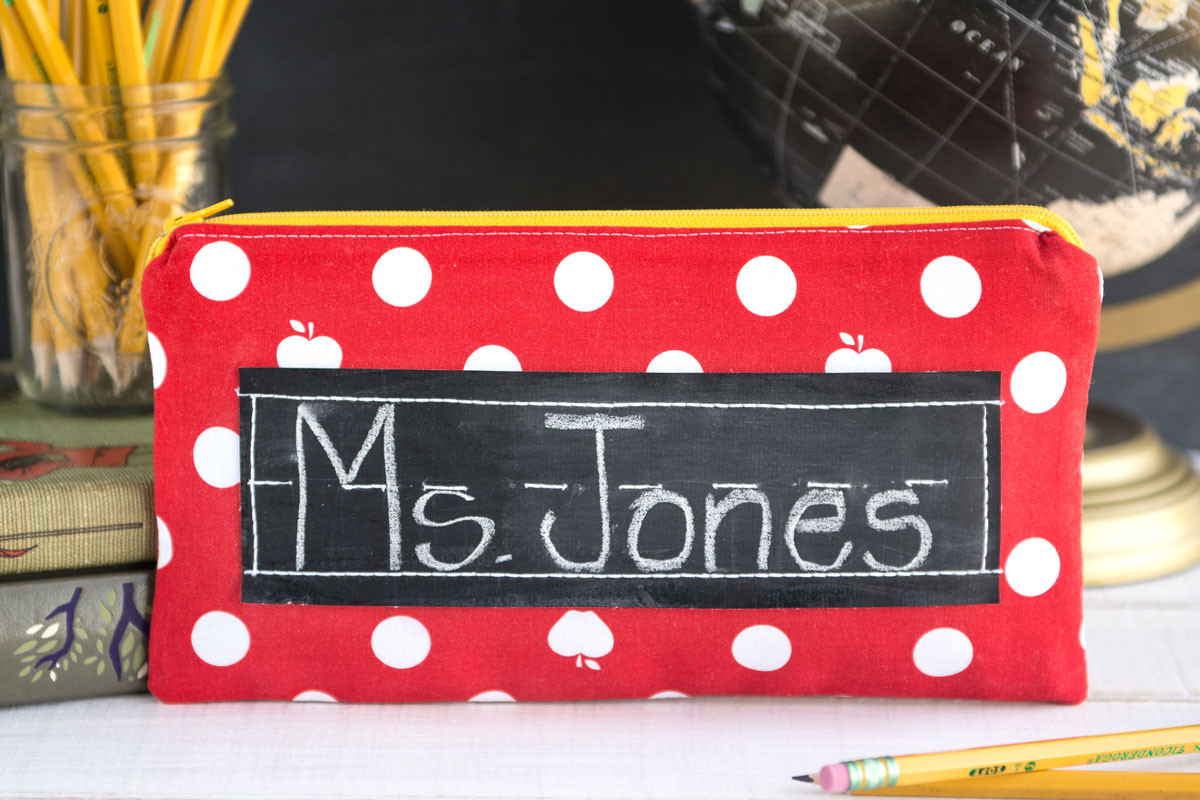
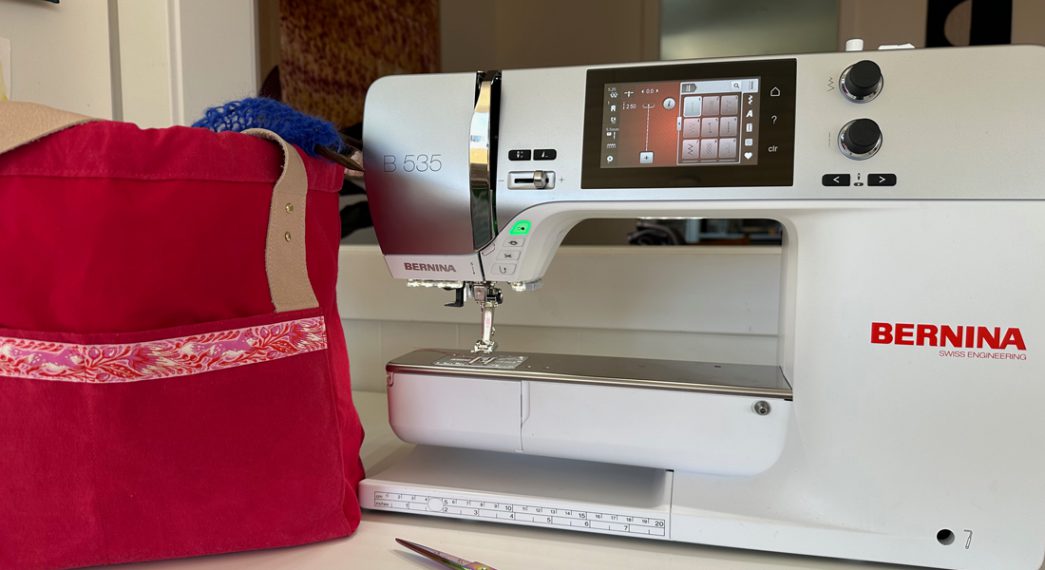

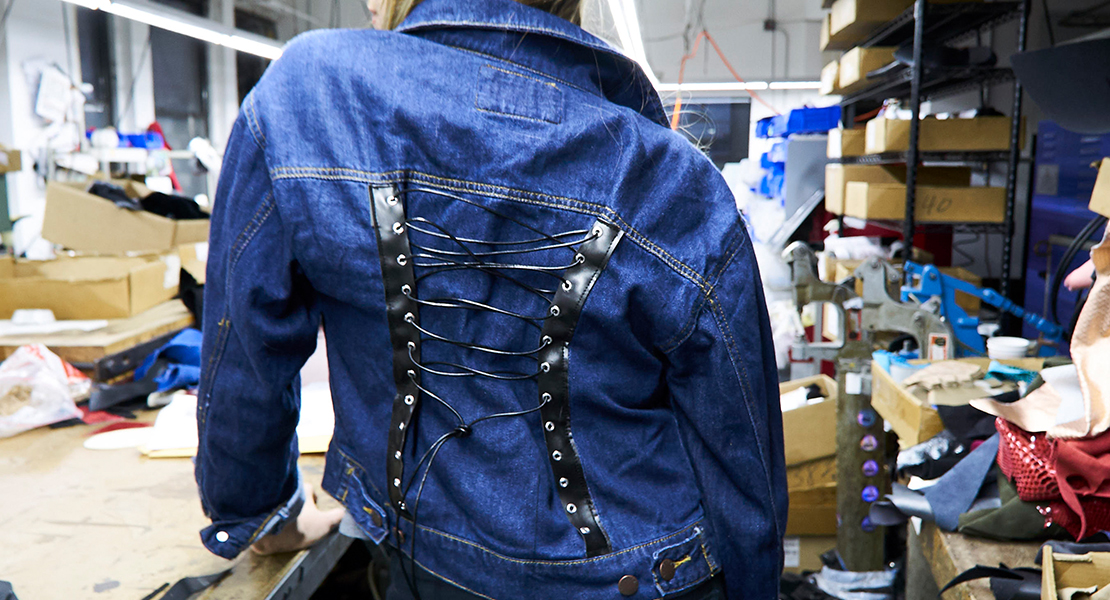
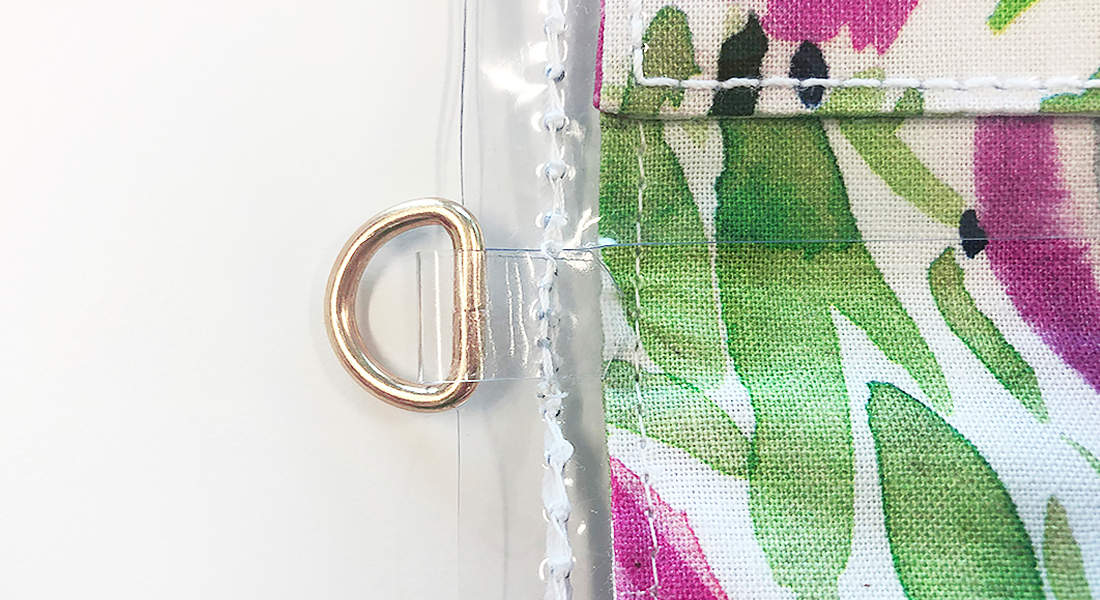
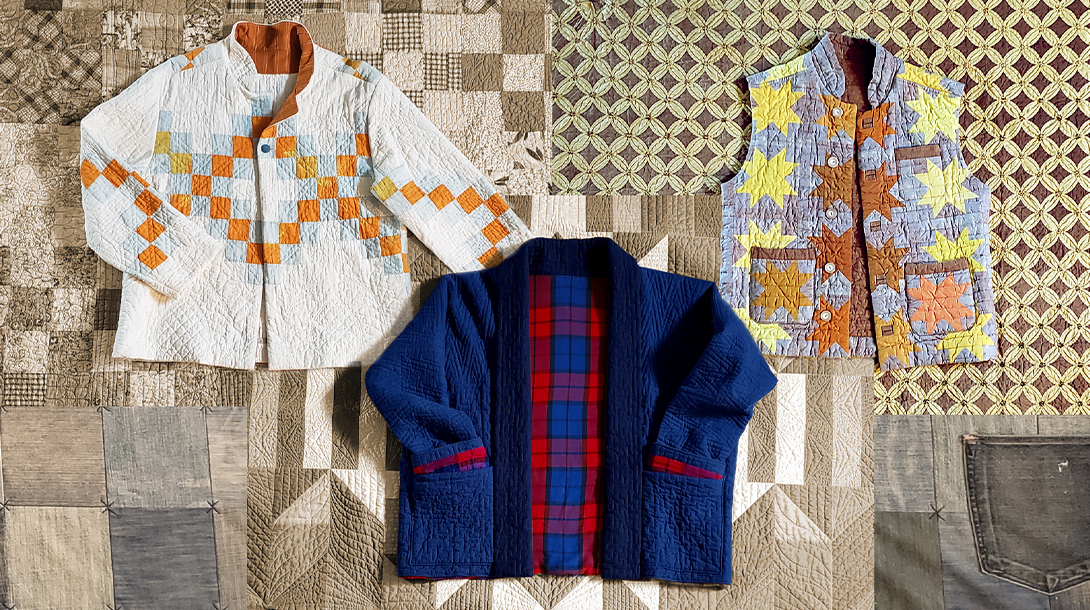
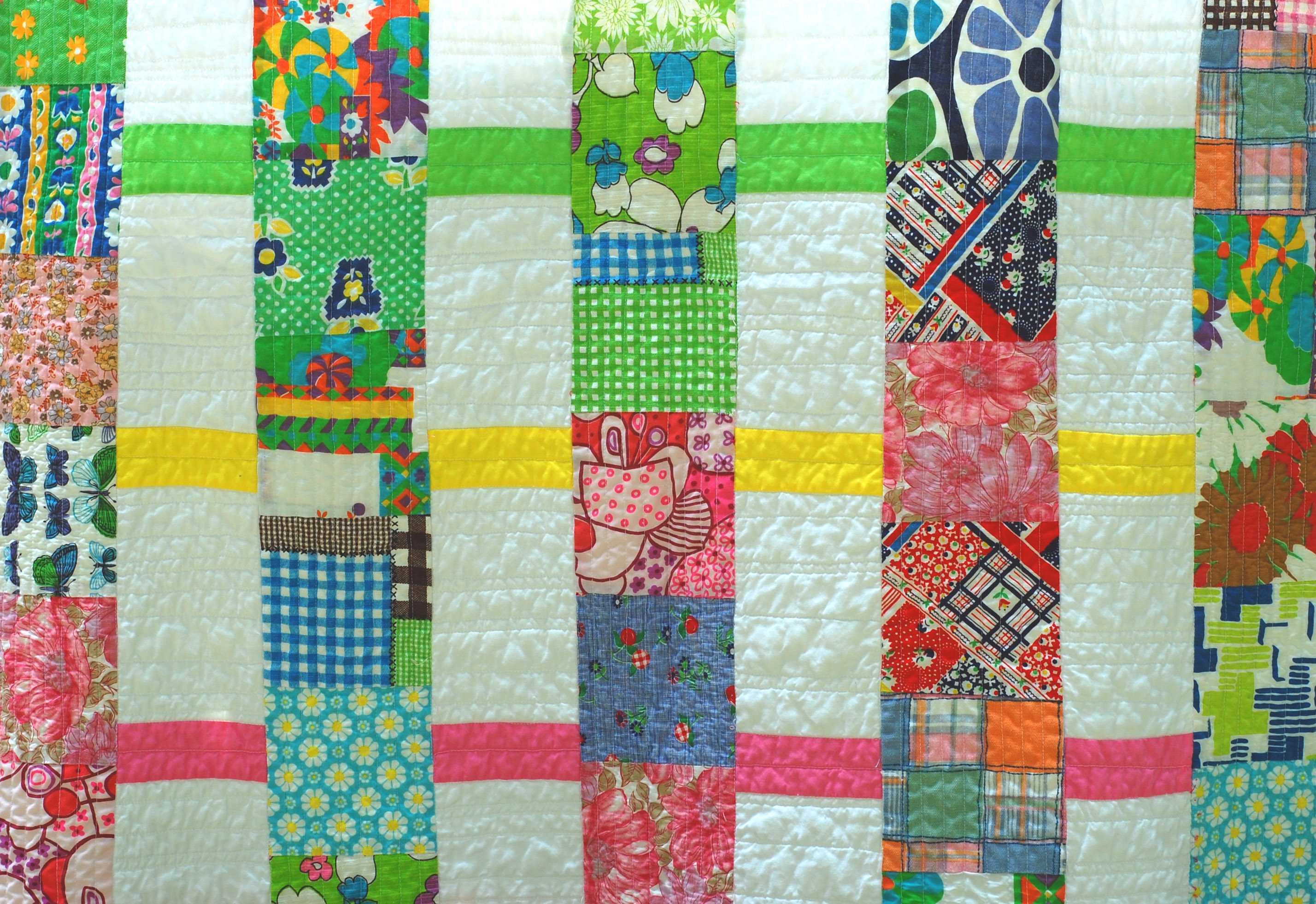
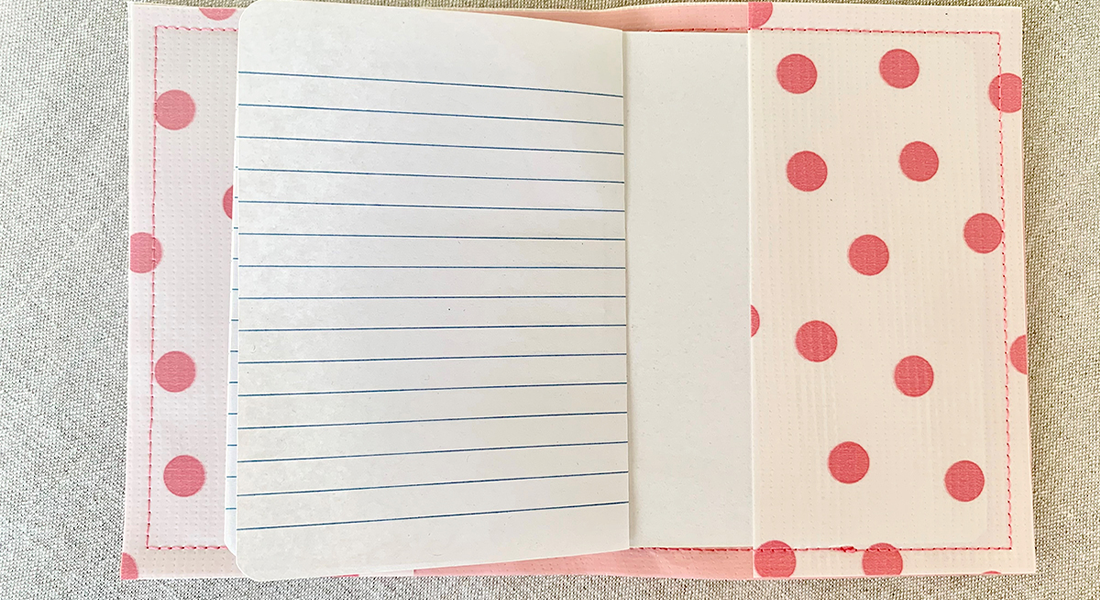
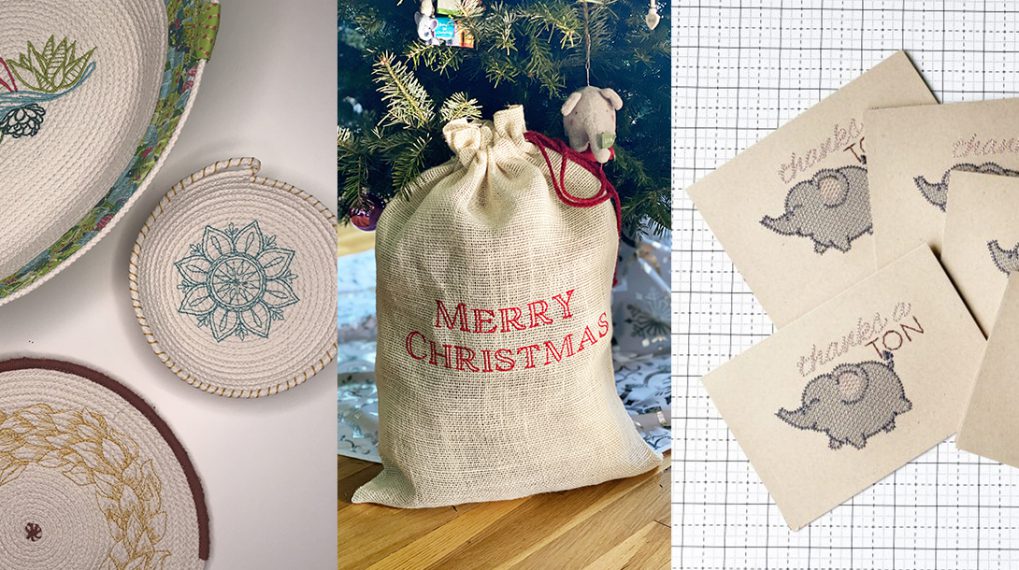
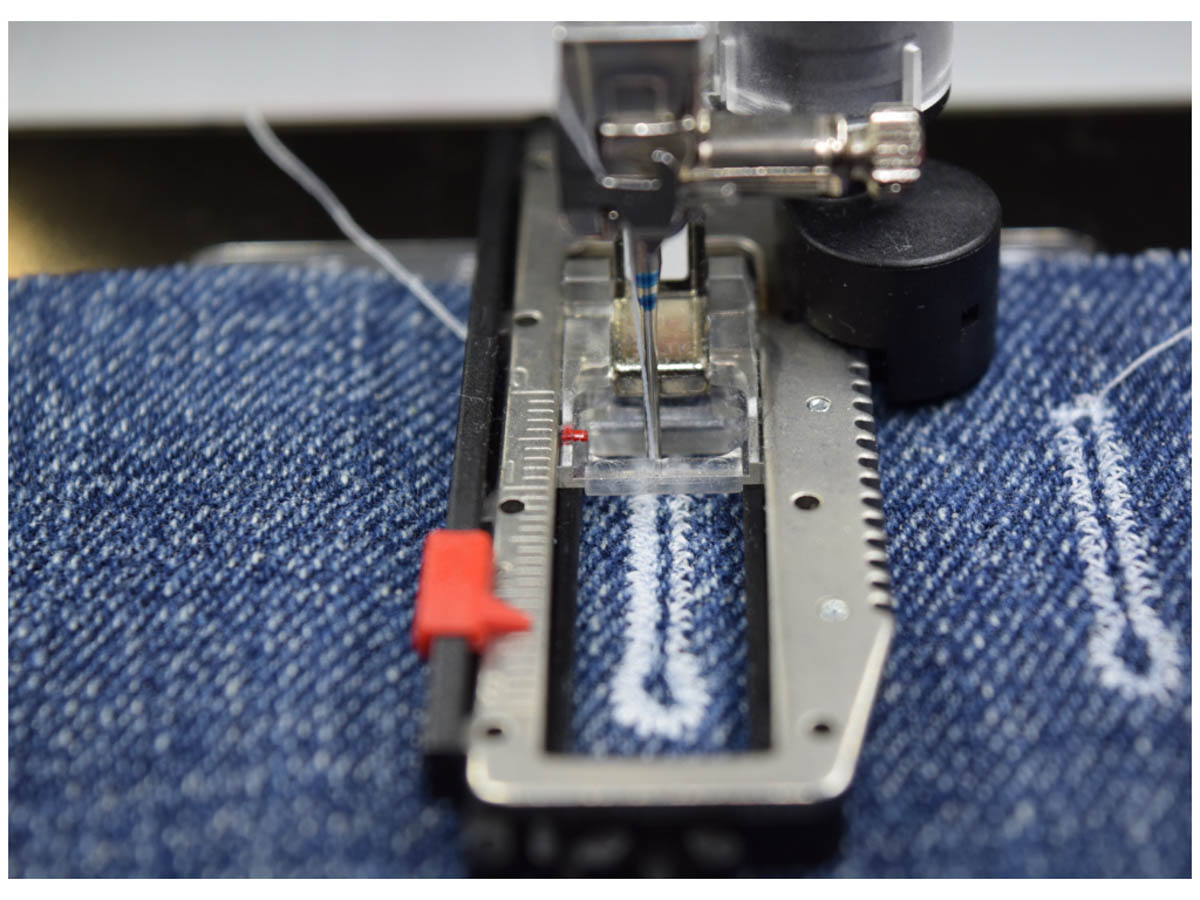

Nooooo! The time and love that goes into a quilt should be respected and cherished. Also, the fabrics in a vintage quilt my be disintegrating and not lasting long anyway. My mother was a quilter and would find unfinished blocks at antique stores and would finish them to give them new life. She values all of them and knew each had a story. I know she gifted quilts to family members and was hurt when she’d find them in a heap on a closet floor. Many of those have come back into my possession. What do I do with all of them? Use them on beds, rotate them, cuddle under one when I’m sick. Give them to people that have experience devastation like tornadoes or war!! Anything but cutting them up. Make a quilt yourself if you want to cut it up! I bet you won’t!